Iraq Situation Report: March 1-20, 2017
Mar 24, 2017 - Emily Anagnostos
Regional actors are vying to dominate the post-ISIS security structure and political order in northern Iraq.

Regional actors are vying to dominate the post-ISIS security structure and political order in northern Iraq.
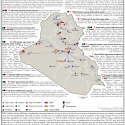
ISIS could be facing difficulty coordinating successful attacks in Iraq as losses in Mosul are forcing it to transform from a governing to guerrilla style terrorist organization.
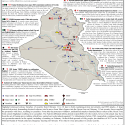
Baghdad witnessed serious breaches of security from February 11 to 16 due to both escalating protest movements and ISIS attacks.
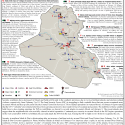
Security conditions have decreased in Mosul and Salah al-Din and in the southern provinces due to revived militant attacks and election-related violence, respectively, from February 2 to 10.
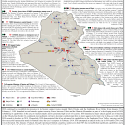
ISIS continued to reestablish its presence in its historic support zones; other Sunni insurgent groups may form in Iraq as ISIS focuses on shifting from a governing to guerilla style terrorist organization.
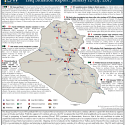
The Iraqi Security Forces (ISF) pushed ISIS out of eastern Mosul on January 24, but will need to continue efforts to expel ISIS from historic support zones in Diyala and Anbar.
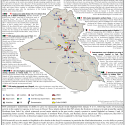
ISIS continued to demonstrate its ability to carry out spectacular attacks inside Baghdad from January 6 to 11, following weeks of increasing activity in the capital in response to its losses in Mosul.
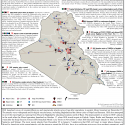
ISIS launched waves of counteroffensives and spectacular attacks across Iraq after operations in eastern Mosul resumed on December 29.
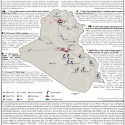
Local and regional actors are maneuvering to secure their position in 2017 and for a post-ISIS Mosul.
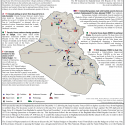
The Council of Representatives met to discuss the 2017 federal budget on December 4 and 5 but failed to put the budget to a final vote .The Iraqi Security Forces (ISF) deployed security forces from Baghdad to northern Iraq, as ISIS spectacular attacks in the capital decreased.